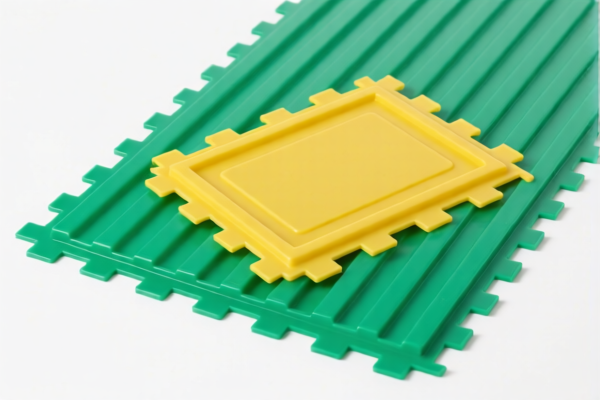| HS Code | Official Doc | Tariff Rate | Origin | Destination | Effective Date |
|---|---|---|---|---|---|
| 9001100030 | Doc | 61.7% | CN | US | 2025-05-12 |
| 4007000000 | Doc | 55.0% | CN | US | 2025-05-12 |
| 4009410000 | Doc | 57.5% | CN | US | 2025-05-12 |
| 4009420050 | Doc | 40.0% | CN | US | 2025-05-12 |




High Voltage Line
A high voltage line, also known as a transmission line, is a critical component of electrical power systems, responsible for transporting substantial amounts of electrical energy over long distances.
Material:
- Conductors: Typically constructed from aluminum, often reinforced with a steel core (ACSR - Aluminum Conductor Steel Reinforced) to enhance strength and reduce sag. Copper is used in some applications, particularly for lower-voltage distribution lines or in urban areas.
- Insulators: Commonly made of porcelain, glass, or composite polymers (e.g., silicone rubber, polyethylene) to prevent current leakage and support the conductors.
- Support Structures: Steel lattice towers, concrete poles, or wood poles provide physical support and maintain clearance from the ground and surrounding objects.
- Hardware: Steel, galvanized steel, or aluminum alloys are used for clamps, connectors, and other fittings.
Purpose:
The primary purpose is to efficiently transmit large quantities of electrical power from generating stations to substations, and then to distribution networks serving end-users (homes, businesses, industries). Long-distance transmission minimizes power loss due to resistance.
Function:
High voltage lines function based on the principles of electromagnetic induction. Power is transmitted at high voltages (typically 69kV and above) to reduce current for a given power level. Lower current minimizes I²R losses (power loss due to resistance in the conductors). Substations step down the voltage for safe distribution.
Key functional aspects include:
- Power Transfer: Efficiently carries electrical energy.
- Voltage Regulation: Maintaining stable voltage levels.
- Protection: Incorporating protective devices (circuit breakers, lightning arrestors) to prevent damage from faults and surges.
- Grounding: Providing a path for fault currents to safely return to the source.
Usage Scenarios:
- Interconnecting Power Grids: Linking different regions and power sources to improve reliability and share resources.
- Long-Distance Power Delivery: Transporting electricity from remote generation facilities (e.g., hydroelectric dams, wind farms) to load centers.
- Renewable Energy Integration: Connecting large-scale renewable energy projects (solar farms, wind farms) to the grid.
- Rural Electrification: Extending power access to remote areas.
Common Types:
- Overhead Lines: The most common type, utilizing exposed conductors supported by towers or poles. Classified by voltage level (e.g., 69kV, 115kV, 230kV, 500kV, 765kV).
- Underground Lines: Conductors are buried underground, often in oil-filled cables or gas-insulated cables. More expensive but less susceptible to weather-related damage and visual impact.
- HVDC Lines (High Voltage Direct Current): Transmit power using direct current instead of alternating current. Used for very long distances, connecting asynchronous AC grids, and for submarine cables.
- Sub-transmission Lines: Carry power from transmission systems to distribution substations (typically 69kV - 138kV).
- Distribution Lines: Deliver power from distribution substations to end-users (typically 4kV - 35kV).
High voltage lines typically consist of optical fibers used for transmitting voice, data, or video communications. Based on this understanding, the following HS codes are relevant:
- 9001.10.0030: This HS code covers optical fibers, optical fiber bundles, and cables. Specifically, it includes optical fibers for transmission of voice, data or video communications. The tax rate details are: a base tariff of 6.7%, an additional tariff of 25.0%, and an additional tariff of 30.0% after April 2, 2025, resulting in a total tariff of 61.7%.
It is important to note that this classification assumes the high voltage line functions primarily as a communication medium using optical fiber technology. If the line incorporates other materials or serves a different primary function, a different HS code may be more appropriate.
Customer Reviews
No reviews yet.